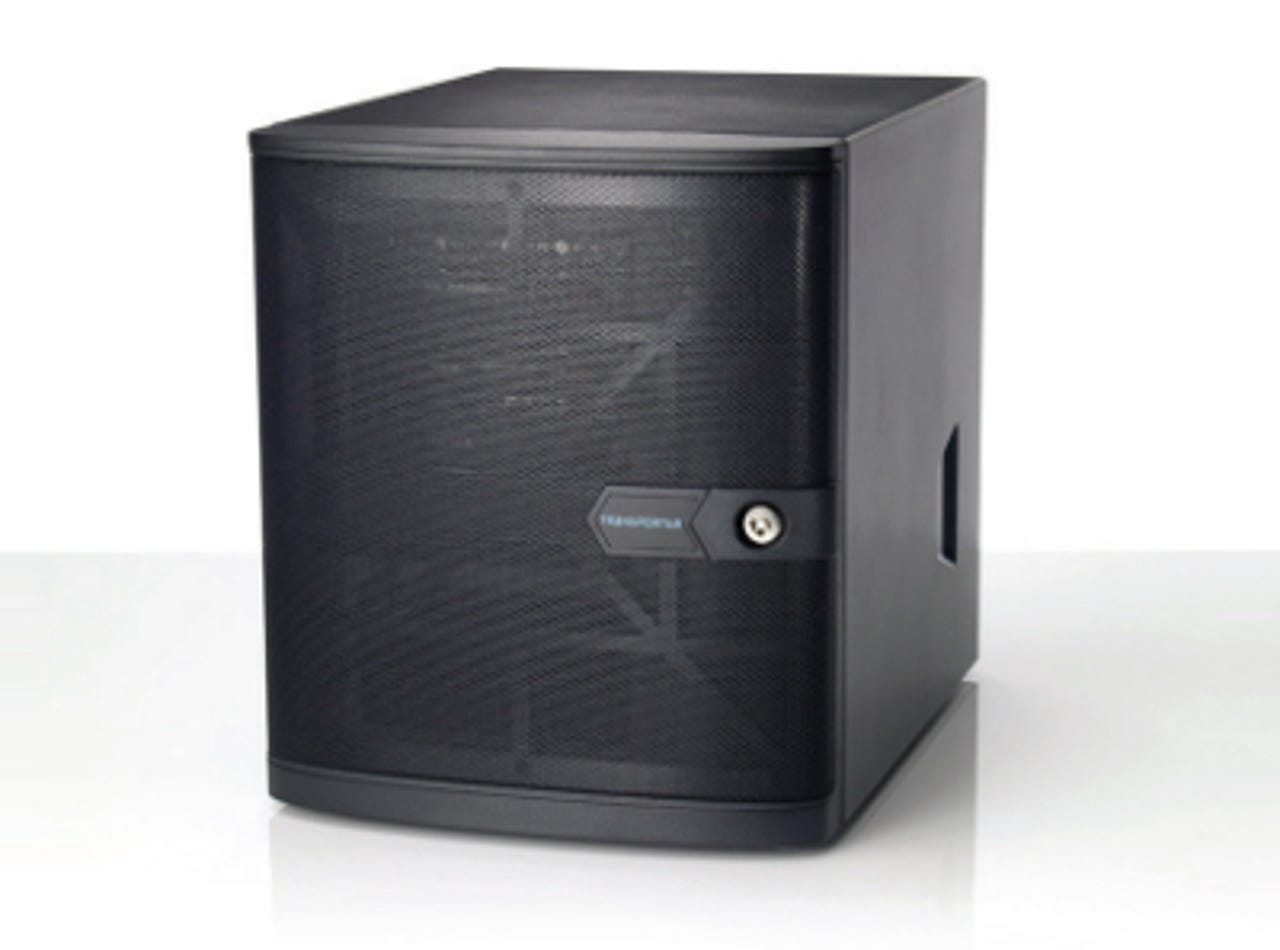The Transporter beams you into the future of private cloud


Rampant usage of unapproved services costs companies millions in lost intellectual property, stolen documents, and malware infections. One solution is to use a corporate private cloud. However, private cloud solutions are often expensive, are cumbersome to work with, or are not secure. There are products, such as the Transporter, that protects corporate security while providing a contemporary and inexpensive take on private cloud offerings.
The problem is that users want something that's easy to use like Dropbox, but corporate execs want something that's secure and that will protect company assets. The Transporter delivers both experiences and with no disk size limitations that users experience with Dropbox.For example, have you ever shared a Dropbox file or folder with someone and the message she receives is something like, "You can't download this file because you're out of space." That happens a lot. In fact, it happened to me and my videographer, Joseph, on a recent trip to Raleigh, North Carolina to work on a video project. I shared videos, photos, sound bytes, music, and PDF files with him and he received that message.
He decided to sign up for the $9.99 per month Dropbox subscription to alleviate the problem. Sure, it alleviated the problem, but it also alleviated over $100 per year from his coffers along the way. And yes, I already pay $9.99 per month for my Dropbox subscription, so it's a little annoying.
Further, when I tried to share files with him, some of them took days to upload although I have a 1.5Mbps "up" on my internet service. Before you ask, yes, I had Dropbox set to unlimited upload speed. I clocked those uploads at 187Kbps. Hope I didn't burn up the internet with those swift upload speeds.
Alternatively, I uploaded to the Transporter device (Transporter 15) as quickly as the 2Gb dual Ethernet connection could take the files and then my upload time was just over three hours. That's a big and significant difference. But enough about me and my upload angst, you need to read about the Transporter.
The Transporter for business comes in two form factors: rack-mounted or half-height desktop style server. The Transporter models 15 and 30 are the half-height desktop style server systems designed for small businesses or workgroups within a larger organization. The model numbers, 15 and 30, for example, refer to the maximum number of licensed users per server. The rackmount Transporter models 75 and 150 support up to 75 and 150 users, respectively.I should add here that the "users" means actual users configured on the device. You get an unlimited number of "guest" users.
For you cross platform types, there's a Mac app, Windows app, iOS app, and Android app for the Transporter, so there's no excuses for lack of access.
All business model Transports feature 2x Gigabit Ethernet, auto-sync between transporters, and RAID configuration. Models 75 and 150 also feature redundant power/cooling and SSD metadata acceleration.
The Transporter 15 currently is on the floor beside me and it makes almost no noise and takes up very little space. It has a floor/desk space footprint that's about twice that of my Mac mini. For better reference, it's one iPad high, just wider than an iPad, and just over one iPad front to back. So, think of a three-dimensional iPad and you just about have the size (Height: 9.5", Width: 8.5", Depth: 11.2"). (Note to Apple: You should build a 3D iPad and advertise it as being about the same size as a Transporter 15 or Transporter 30.
The Transporter initial setup and interface is web-based and easy to use. Follow the five step instructions that begin with "Open the accessory box" and continue until you have the unit plugged into your network, powered on, and ready for action. You have to leave it on for a few minutes to acquire an IP address, to download any updates, to reboot, and then go to step six to setup an administrative account for managing users, groups, and permissions through the transporter website at http://go.filetransporter.com/business. During this step, you also "claim" your Transporter.From this point on, it's all web-based management. Setup a group. Setup users. Setup shares, and get to work.
Invited users will have to connect to the Transporter website upon receiving an invitation, install a plug-in, step through a short setup, and wait for shared files to arrive onto their computers in the selected Transporter folder. After that initial setup, you can drag and drop files and folders into the shared area without further issue. Those files will sync with the Transporter, no matter where it's located.
So if you ask me if I like the Transporter 15, I'd have to say, "Yes, I like it". I think it's a great alternative to less secure public cloud offerings and is a perfect solution for businesses that want to allow collaboration and file sharing between remotely located users, but that also want to maintain some control over their assets.
Stay tuned for a full review on my Frugal Networker site.